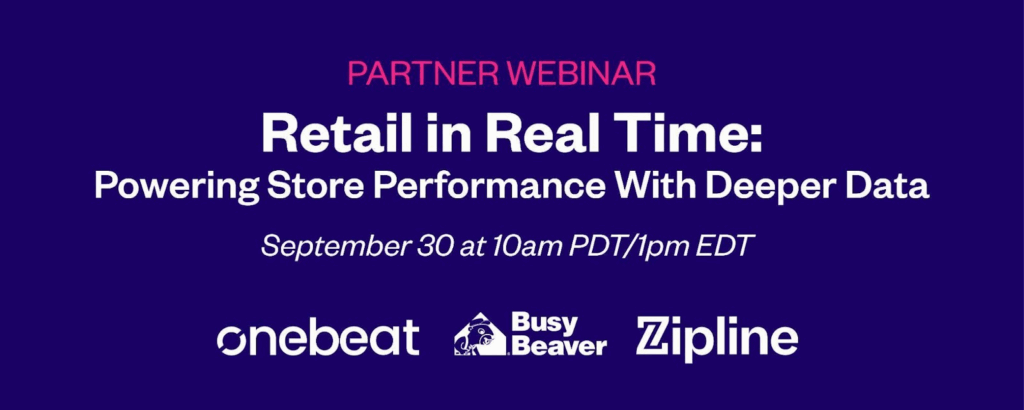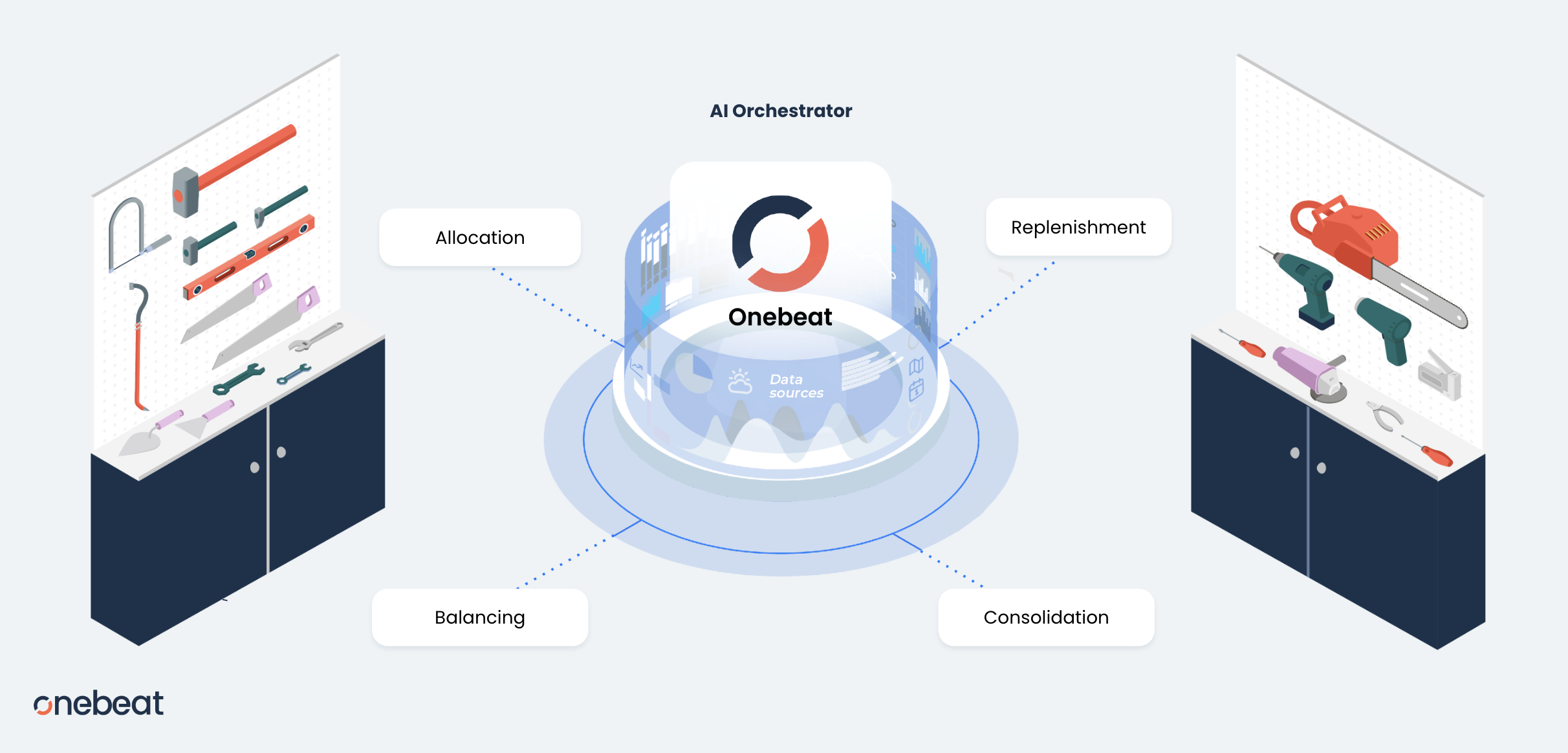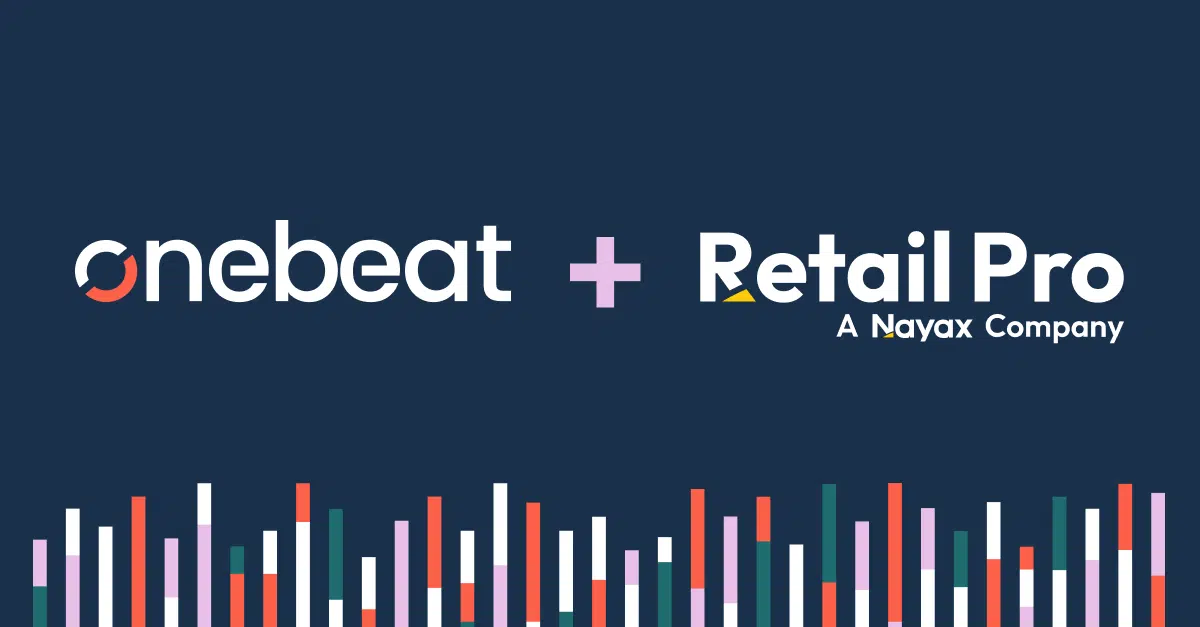Aligning HQ Strategy With Store-Level Action
When it comes to store operations, staying on top of everything can feel like trying to keep track of snowflakes in a blizzard. It doesn’t matter if you’re a small fleet or global empire—aligning teams, communications, compliance, inventory, execution, and the million other things across locations is a universal challenge for retailers.
So it may sound redundant (and ridiculous) that the answer to staying on top of everything is…tracking everything. But we’re talking about tracking that accounts for every single snowflake and puts them in a snowglobe you can hold in your hands. Where everything is centralized, transparent, working together, and can move easily as one.
After working with hundreds of retailers over the years to better align operations and tighten execution, leveraging real-time data stands out as a must-do. Read on for what to track, how it powers store performance, and a real-world example in action.
Leveraging Real-Time Data: Team Activity
We don’t mean watching over and micromanaging their every move. We mean keeping a ground-level pulse on what’s working and not—for employees—so you can boost store performance based on real team dynamics and circumstances.
The most valuable insights spring from two categories: employee communications and task management.
Communication is where everything starts (and anything can stop). From HQ directives to SOPs to team management to promotions to compliance, effective store communications underpin every aspect of successful operations. What makes communications effective? That’s what strategic, real-time tracking reveals.
Specifically, employee readership and engagement. These tell which messages are getting through from HQ, what’s being read across stores, how teams are communicating with each other, and what information is resonating. When you’re tracking them in real time, you can respond in real time. Like following up on unseen directives before things slow down. Or quickly retooling comms, like the VP of Retail Innovation and Operations at Helzberg did here, for better absorption, based on overall engagement, location-based readership, or related actions.
Which leads us straight to task tracking, and where “real time” can make a real difference in store performance. What’s important to note, first, is that communications and task management are symbiotic—working together for prioritization, clarification, collaboration, and execution. Centralizing these aspects of retail operations in one, accessible place, makes them simpler for employees and leadership to stay on top of.
It also allows you to continuously measure progress and take action in the moment. What’s key is clearly delineating task assignments and priorities to keep tracking and communications targeted, efficient, and timely. For instance, if someone misses a step setting up a display case, you can see and solve for that in the moment. Real-time tracking also surfaces patterns much faster—if this is a routine mistake, you’ll know to provide additional coaching or more proactive instructions. And continue to monitor improvements.
Over time, this builds up to stronger store performance and a more consistent customer experience. You get a running, high-level view of operational health with granular tracking you can immediately respond to. Which means a steady flow of on-the-ground insights to better inform decisions—and a faster route to put them in action.
Leveraging Real-Time Data: Store Activity
The same goes for tracking store data, like inventory, execution, and walkthroughs. The more live data points you have coming in, the more clearly you can see what’s working (and what’s not) on a macro and micro level. Leading to sounder decisions, quicker actions, better compliance, and more strategic growth.
When it comes to inventory, for example, retailers have long relied on forecasting as a key planning tool. But forecasting doesn’t account for the whole picture, and is mainly based on assumptions. Real-time data is like a dedicated analyzer and fact checker, delivering continuous insights straight from the source. Or in inventory’s case, the SKU.
Onebeat’s integration with Zipline was created to easily turn these insights into action. Onebeat uses AI and real-time tracking to predict demand, adjust inventory, and empower more accurate and efficient decision making. While Zipline’s retail operations platform brings those decisions to life through seamless communication and execution, at scale.
Together, they support a new operating model more retailers are adopting—one built around dynamic intelligence, actionable communication, and informed, empowered teams. When everyone has a clear understanding of what’s going on and what moves to make, it keeps operations aligned and teams feeling more supported and confident in their day-to-day work.
(Free September 30? Join us for the Retail in Real Time: Powering Store Performance With Deeper Data webinar, where we’ll dive into this and how leading brands are making it work for them.)
Leveraging Real-Time Data: Busy Beaver’s Story
Home improvement retailer Busy Beaver put this to the test when they needed help balancing inventory across their growing fleet.
Some stores would be overstocked with a product they couldn’t keep on the shelves in others. And while the inventory data was there, they had no decisive, coordinated, proactive way to solve the issues it was revealing.
So they connected Onebeat’s AI-driven inventory tracking with Zipline’s communications and task management. This synced information with action, giving employees the ability and agency to move items between stores as needed. And giving everyone a clear view into what’s happening, when, where, and most importantly, why.
The impact was immediate:
- Faster and more accurate store-to-store transfers.
- Easier product discovery for customers
- A reduction in excess stock
- Improved working capital efficiency
- Empowered store teams with more clarity and confidence
As Adam Gunnett, Director of IT and Business Intelligence at Busy Beaver, put it:
“With Onebeat and Zipline working together, we’re not just identifying transfer opportunities—we’re actually getting them done at the store level, quickly and correctly…It’s a game changer for us because it connects our strategy directly to the frontline in a way that’s simple and actionable.”
Real-Time Data = Smarter Store Execution
There’s no shortage of data retailers have to work with. But data is only as good as what you can do with it.
Folding real-time tracking into your operating model is like giving your business intelligence a PhD. It both deepens and broadens your visibility of store performance with immediate, nuanced, targeted insights and a clear bird’s eye view of the dynamics at play. Because you’re tracking in real time, you can act in real time—informed by practical insights you can trust and continue to iterate on.
Curious to learn more or have questions about how to best leverage real-time data? RSVP for the live webinar + Q&A with tech and business intelligence experts from Onebeat, Zipline, and Busy Beaver on September 30 (and get the recording sent to you after).


Onebeat


